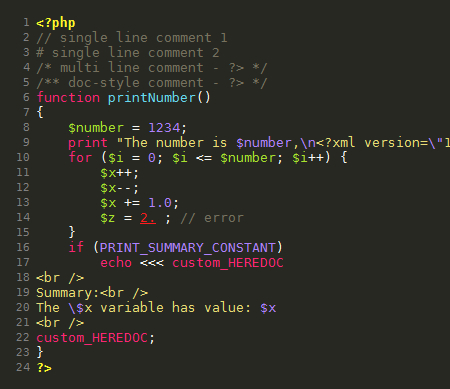The dreaded creeping scope
One of the most frustrating aspects of project management is dealing with “scope creep”, also known as “feature creep” or “requirement creep”. These ominous sounding terms refer to a project’s scope being changed after work is already underway. This phenomenon can impact on the project’s schedule, cost and complexity.
Because an individual change may only have a small impact on the overall project, scope creep can be hard to spot at first. It usually begins with a seemingly innocuous request from your client:
I know that development of our website is already underway, but we’ve decided that we need to have a mailing list signup form on the homepage. Hope that’s not a bother.
If you acquiesce to your client’s wishes without re-quoting the job, then you’ve allowed scope creep to set in. Before you know it the “small” changes are starting to mount up, and the project is turning into a much larger job than you anticipated.


